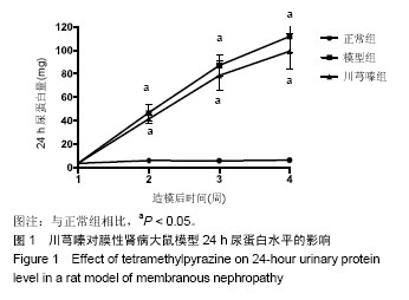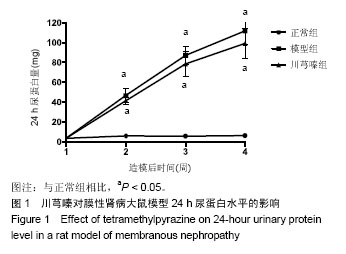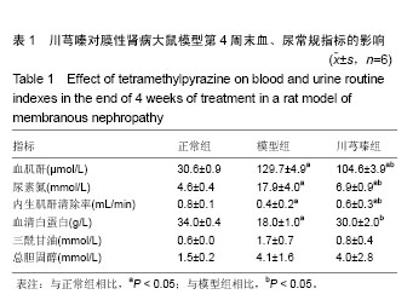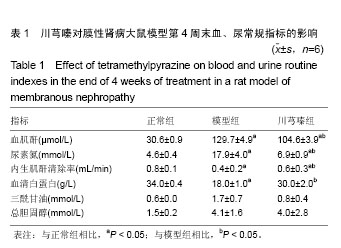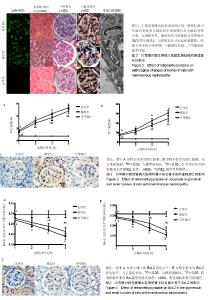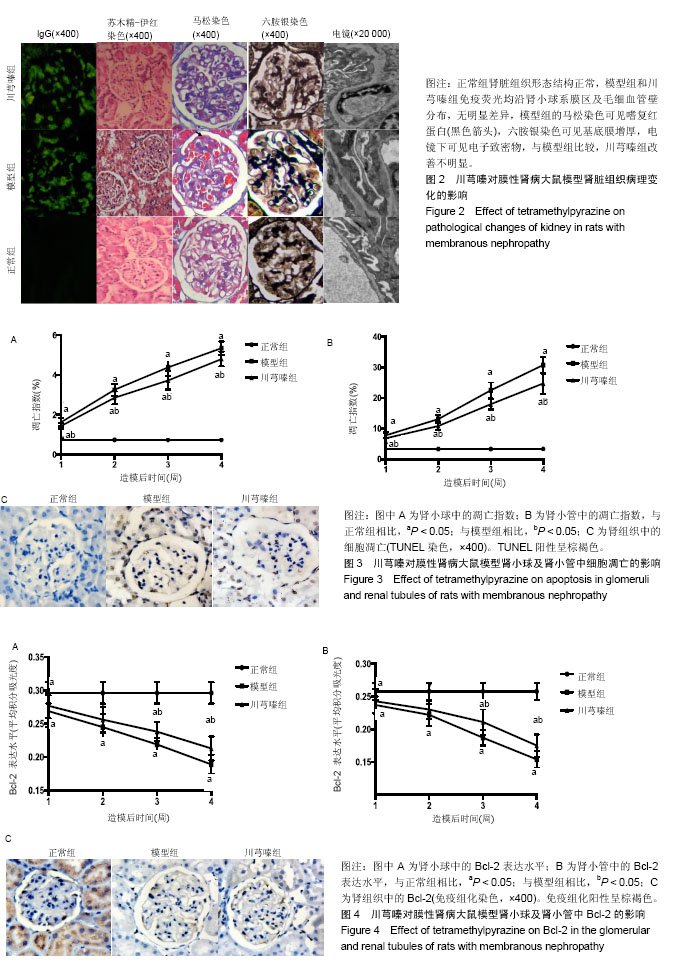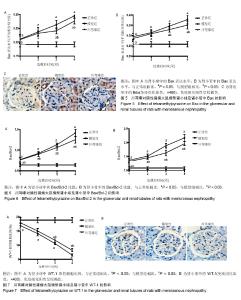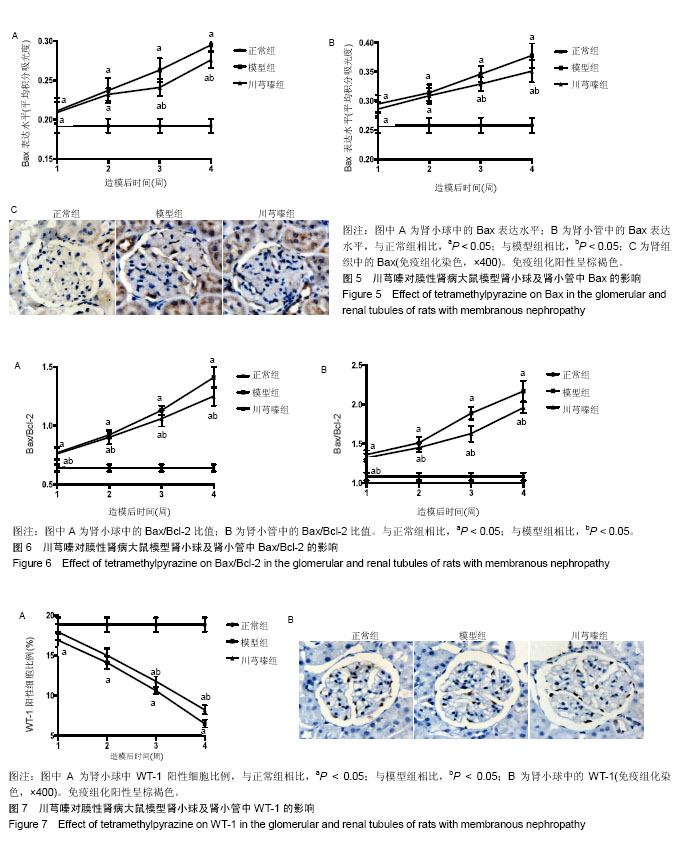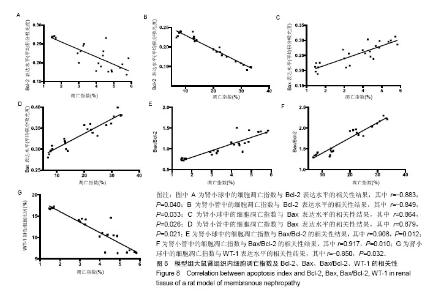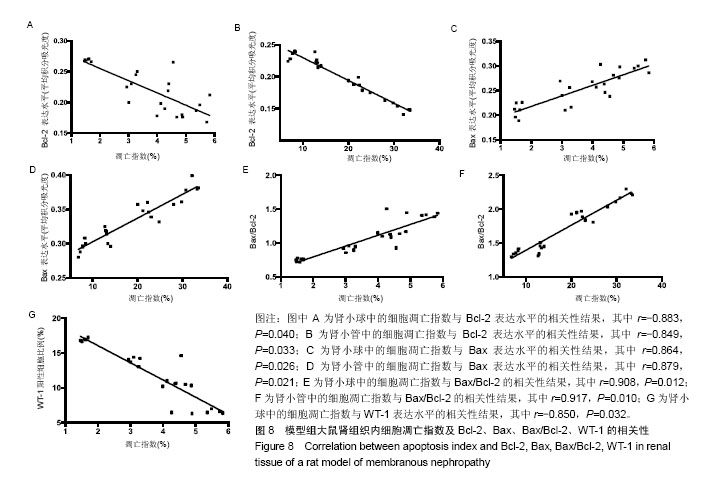| [1] Rozenberg I, Kotliroff A, Zahavi T, et al. Outcome of Idiopathic Membranous Nephropathy: A Retrospective Study. Isr Med Assoc J. 2018;20(3):186-189. [2] Ronco P, Debiec H. Advances in membranous nephropathy: success stories of a long journey. Clin Exp Pharmacol Physiol. 2011;38(7):460-466. [3] Akiyama S, Akiyama M, Imai E, et al. Prevalence of anti-phospholipase A2 receptor antibodies in Japanese patients with membranous nephropathy. Clin Exp Nephrol. 2015;19(4):653-660. [4] 洪虹,李秀珍,徐文莲.膜性肾病临床流行病学分析[J].中国全科医学,2017,20(S2):16-18.[5] Improving Global Outcomes(KDIGO) Glomerulonephritis Work Group. KDIGO Clinical Practice Guidelinne for Glomerulonephritis. Kidney Inter. 2012;Suppl 2:139-274. [6] Xu J, Zhang W, Xu Y, et al. Tacrolimus combined with corticosteroids in idiopathic membranous nephropathy: a randomized, prospective, controlled trial. Contrib Nephrol. 2013;181:152-162. [7] Choi JY, Kim DK, Kim YW, et al. The Effect of Mycophenolate Mofetil versus Cyclosporine as Combination Therapy with Low Dose Corticosteroids in High-risk Patients with Idiopathic Membranous Nephropathy: a Multicenter Randomized Trial. J Korean Med Sci. 2018;33(9):e74. [8] 黄智敏,陈科杰.环孢素A和环磷酰胺治疗特发性膜性肾病的疗效、复发率及副作用研究[J].北方药学,2016,13(9):66.[9] 金佳丽,苏行,姚馨怡,等.炙黄芪对阿霉素所致小鼠蛋白尿的预防作用[J].中华中医药学刊,2013,31(3):504-506,708.[10] Wang Z, Liu J, Sun W. Effects of asiaticoside on levels of podocyte cytoskeletal proteins and renal slit diaphragm proteins in adriamycin-induced rat nephropathy. Life Sci. 2013; 93(8):352-358. [11] 赵建荣,屈磊,李晓玫.黄芪当归合剂对梗阻性肾病大鼠肾间质纤维化的防治作用[J]. 北京大学学报(医学版),2004,36(2): 119-123.[12] 李晓玫,王海燕,蔡琪.黄芪当归合剂对大鼠急性缺血/再灌注肾损伤的保护及加速修复作用[J].中华肾脏病杂志, 2000,16(6): 387-391.[13] 李彪,唐嘉薇,蔡少青,等.黄芪当归合剂抑制马兜铃酸Ⅰ导致的肾小管上皮细胞损伤[J].北京大学学报(医学版), 2006,38(4): 381-384.[14] 郭晓媛,蔡月茹,孙广宇,等.扶正祛风方对膜性肾病大鼠蛋白尿及肾脏病理改变的影响[J].中国实验方剂学杂志, 2018,24(1): 136-141.[15] 张春兵,丁兴,詹臻.川芎嗪通过干预Bax/Bcl-2平衡调控Caspase9途径抑制谷氨酸诱导的PC-12细胞凋亡[J].河南中医学院学报,2008,23(2):24-27.[16] 王汉民,谭华,赵洪雯,等.川芎嗪对大鼠肾脏缺血/再灌注损伤保护作用及抗细胞凋亡作用[J].第四军医大学学报, 2008,29(9): 833-836.[17] 刘晓华,黎七雄.川芎嗪对顺铂肾损伤大鼠肾细胞凋亡及凋亡相关蛋白表达的影响[J].中国药理学与毒理学杂志, 2005,19(5): 352-356.[18] Langer S, Kreutz R, Eisenreich A. Metformin modulates apoptosis and cell signaling of human podocytes under high glucose conditions. J Nephrol. 2016;29(6):765-773. [19] 宣柳,顾娟,王学东.川芎嗪对佐剂性关节炎大鼠滑膜细胞凋亡的诱导作用[J].中国临床药理学杂志,2015,17(6):1766-1768.[20] 冷辉,孙海波,马贤德,等.川芎嗪对顺铂诱导的豚鼠耳聋模型耳蜗组织Bax及Bcl-2表达的影响[J].中华中医药学刊, 2017,35(7): 1827-1830,1936.[21] Debiec H, Lefeu F, Kemper MJ, et al. Early-childhood membranous nephropathy due to cationic bovine serum albumin. N Engl J Med. 2011;364(22):2101-2110. [22] Beck LH Jr, Salant DJ. Membranous nephropathy: from models to man. J Clin Invest. 2014;124(6):2307-2314. [23] 王慧,王净,李静,等.膜性肾病小鼠模型的建立与鉴定[J].细胞与分子免疫学杂志,2013,29(2):89-91.[24] 母传贤,刘国玲,田华,等.川芎嗪对胶原性关节炎大鼠血清IL-1、IL-6、IL-2水平及关节浸液NO、PGE2的影响[J].中国中西医结合杂志,2014,34(2):214-217.[25] 黄海泉,刘必成,罗东东,等.STZ诱导糖尿病大鼠肾脏CTGF表达改变及意义探讨[J].中国病理生理杂志,2007,23(3):553-558.[26] 金周慧,陈以平,邓跃毅,等.蝉花菌丝延缓肾小球硬化的作用机制研究[J].中国中西医结合肾病杂志,2005,6(3):132-136.[27] 刘晶晶,赵砚丽,程会平,等.缺血后处理对肾缺血再灌注损伤大鼠肾组织细胞凋亡及bcl-2和bax基因表达的影响[J].第四军医大学学报,2007,28(21):1960-1963.[28] 保莉,毕逢辰,郑亚莉.nephrin及WT-1在嘌呤霉素大鼠肾病模型足细胞中的表达及意义[J].宁夏医学杂志,2014,36(3):201-203.[29] 殷玉红,李英.α-actinin-4在糖尿病肾病大鼠的表达及其与足细胞数目的相关性[J].中国中西医结合肾病杂志, 2009,10(4): 299-302,378.[30] Lai WL, Yeh TH, Chen PM, et al. Membranous nephropathy: a review on the pathogenesis, diagnosis, and treatment. J Formos Med Assoc. 2015;114(2):102-111. [31] Levandoski KA, Girardi NA, Loss MJ. Eruptive sebaceous hyperplasia as a side effect of oral tacrolimus in a renal transplant recipient. Dermatol Online J. 2017;23(5): 13030/qt7x0125gz. [32] Sendeyo K, Audard V, Zhang SY, et al. Upregulation of c-mip is closely related to podocyte dysfunction in membranous nephropathy. Kidney Int. 2013;83(3):414-425. [33] Asanuma K. The role of podocyte injury in chronic kidney disease. Nihon Rinsho Meneki Gakkai Kaishi. 2015;38(1): 26-36. [34] Burlaka I, Nilsson LM, Scott L, et al. Prevention of apoptosis averts glomerular tubular disconnection and podocyte loss in proteinuric kidney disease. Kidney Int. 2016;90(1):135-148. [35] Macconi D, Bonomelli M, Benigni A, et al. Pathophysiologic implications of reduced podocyte number in a rat model of progressive glomerular injury. Am J Pathol. 2006;168(1): 42-54. [36] 姜宇懋,王丹巧.川芎嗪药理作用研究进展[J].中国现代中药, 2016,18(10):1364-1370.[37] 任玉伟,宿华威.Bcl-2基因家族研究进展[J].大连医科大学学报, 2015,37(2):202-205.[38] Hassan M, Watari H, AbuAlmaaty A, et al. Apoptosis and molecular targeting therapy in cancer. Biomed Res Int. 2014; 2014:150845. [39] Schenk RL, Strasser A, Dewson G. BCL-2: Long and winding path from discovery to therapeutic target. Biochem Biophys Res Commun. 2017;482(3):459-469. [40] Brown LM, Hanna DT, Khaw SL, et al. Dysregulation of BCL-2 family proteins by leukemia fusion genes. J Biol Chem. 2017; 292(35):14325-14333. |
